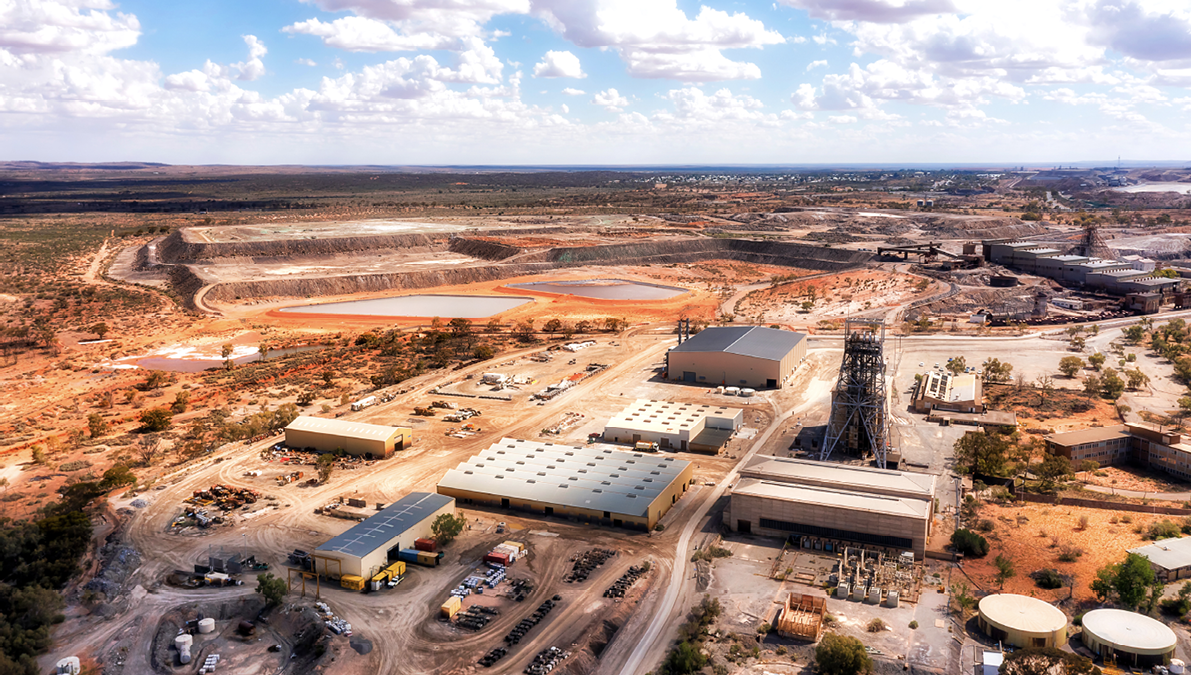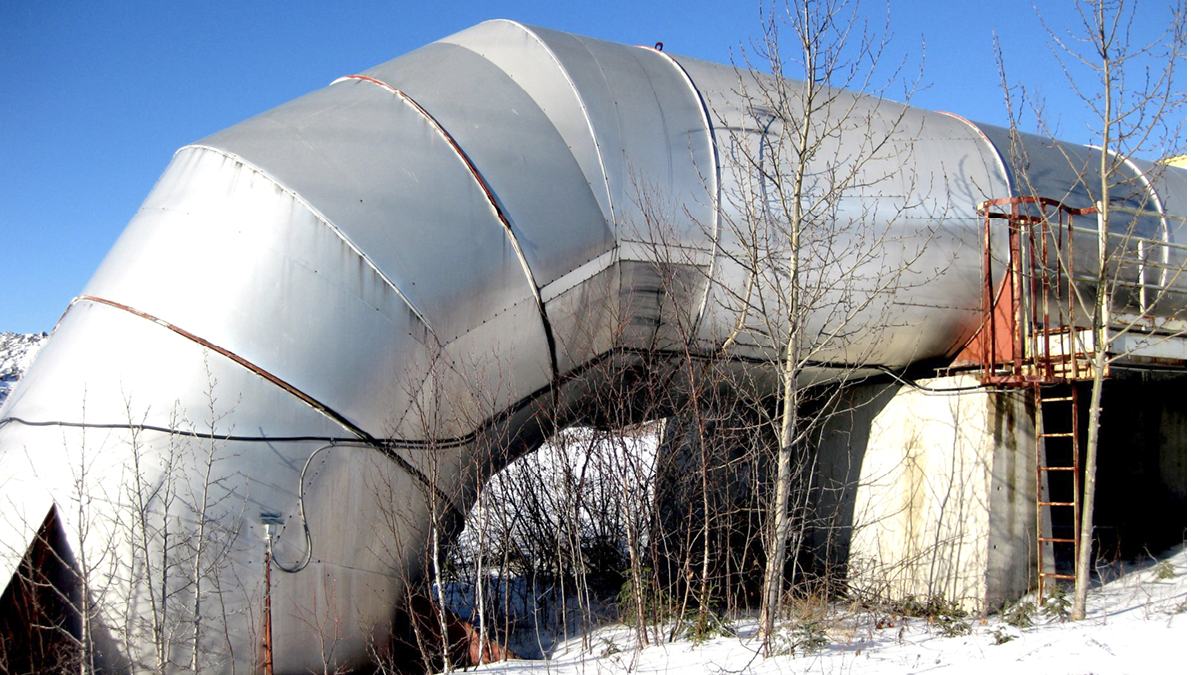North American Mining speaks to two experts on the importance of energy audits and debottlenecking studies for achieving efficient and sustainable mining operations.
By Jonathan Rowland

Efficiency. Optimization. Debottlenecking. These are buzzwords that get thrown around a lot in conversations about almost any heavy industry. Mining is no exception. They are also often connected to more buzzwords – like digitalization, sustainability, and decarbonization. But what do they mean in practice? North American Mining spoke to Jennifer Berger and Kim Trapani at Stantec to find out. The discussion began with some definitions.
Efficiency is about “systematically eliminating waste in processes to improve quality and productivity and reduce costs,” said Berger, who is vice president of Stantec’s Mining, Metals & Minerals practice based in the company’s Sudbury, Ontario, Canada, office. “It’s about adding value through incremental and continuous improvement.”
Examples thus include:
- Enhancing skillsets through training and mentorship.
- Standardizing workflows and work management processes.
- Applying technology: e.g., water recycling, automation, solar and wind power generation.
On the other hand, optimization is about “decreasing the energy/effort required to perform a specific function and comes back to doing more with less. For example, ventilation on demand (VOD) provides less air overall, but delivers the air right where you need it, so it’s more energy efficient,” added Trapani, a project specialist within Stantec’s Mining, Minerals, and Metals practice based in Phoenix, Ariz.

Energy audits
One way that mines can put these principles into practice is via an energy audit. An energy audit aims to understand how energy is used at the mine and the value being created by its use. This then “allows us to identify opportunities to reduce the amount of waste,” explained Berger. This is accomplished by identifying “the distribution of energy consumption across the mine and then auditing how efficiently the energy is being used by the equipment or process,” added Trapani.
“Once an audit is completed, efforts can be aligned with the highest value opportunities,” continued Berger. “An energy audit should consider the full life cycle of a project from design phase through closure. There are opportunities for optimization throughout the life of a mine. We also want to prioritize the largest energy consumers of a mine site. Some of the largest contributors to carbon emissions in mining are diesel vehicles, ore processing, and ventilation. These are the critical opportunities to reduce emissions as the industry takes active steps to work towards becoming net zero.”
“I specialize in mine ventilation,” said Trapani, taking up the theme. “Since it’s a big energy user, analyzing ventilation systems is a major component of underground mining energy audits.
Applying the 3Rs – reduce, reuse, recycle – to ventilation system designs can help a mine reduce its energy use, and subsequently, it’s carbon footprint.
These enhancements can result in lower operational costs, as they use less energy; it also means lower capital cost due to smaller ventilation and associated infrastructure.”
Another important objective of energy audits is to “assess by-product energy,” concluded Trapani. “For example, waste heat can be used to provide cooling (through absorption coolers), or heating to facilities or infrastructure at the mine site.”
Debottlenecking
Understanding value is also at the heart of debottlenecking studies, according to Berger. “We need to understand where value is being created: which activities and processes add value. Process mapping can then be used to identify opportunities to remove non-value-added steps/waste, while gap analysis can be used to identify when the process might be missing.”
“My approach to debottlenecking projects is to understand where the constraints are and the parameters that affect those constraint,” added Trapani. “So, for example, ventilation is usually one of the systems that can bottleneck a project through restricted airway dimensions, which limits the air that can be used to support mining. If the airway dimensions can’t be increased, we have to evaluate what other things we can do to gain the greatest value from the air that we do have. This could include replacing diesel vehicles with electric vehicles to reduce ventilation requirements, or using ventilation on demand (VOD) to ensure we are ventilating only where we need.”
Energy audits and debottlenecking also have an important link with sustainability and decarbonization, as well as supporting mining economics in the face of ever more challenging geologies, as Berger explained. “Debottlenecking studies can bring to light many potential benefits, which can help minimize impact on the landscape, optimize economics, gain social acceptance, and reduce our carbon footprint. Debottlenecking will also be critical as mines face tougher geological settings (deeper, more remote geographies), regulatory requirements, and investor expectations. In many cases, efficiency is required to make the project economically feasible.”
“In terms of sustainability and economics, the nice thing about operating more sustainably is that, often, reducing waste and requiring less energy is also less expensive,” continued Berger.
“So even if someone isn’t sold on why it’s good for the environment, it also has appealing financial savings. For example, we designed a model that increased throughput and reduced delays at a site in Western Australia. A$3 million was required to adjust chutes, add screens, replace motors, and replace other minor equipment within the plant. These improvements resulted in an additional 2 million tpa flowing through the plant.”
Behavior change
We can probably all remember being told to: “Close the door! You’re letting the heat out (or in)!” It’s a small reminder of how behavior can undermine efficiency, even when the principles are understood. It’s a lesson that mines also often need to learn.
Fortunately, technological advances are helping here, as Trapani explained: “In mining, we look a lot at automation, which makes individual behavior change less of a factor in making decisions about sustainability. This also supports one of Stantec’s philosophies: prevention through design.”
Two examples where technology can support efficiency by reducing human interaction with the process include:
- At ore passes, doors or lids are usually installed to prevent short- circuiting of the air through the ore pass. In most cases, the opening and closing of the door are automated with the LHD entering and leaving the area. This keeps the driver in the mobile equipment cab and does not require physical interaction by the driver.
- Similar logic applies for VOD, which automatically adjusts mine ventilation as required. This reduces the energy required for ventilation, while also limiting the human interaction required.
But according to Berger, technology is not a panacea and cannot fully substitute for human behavior: “Education is key. We need to inform stakeholders that technology is a tool, not a replacement for people. However, fundamental shifts in behaviors are still required to become a world-class mine operator. This means having discipline, a culture of learning, and uncompromising goals around decarbonization.”
One example of a behavior change is “managing power consumption at peak times,” the Stantec executive continued. “Many clients schedule hoisting activities for off peak times. This not only reduces the load on our power grids, but also reduces operating costs.”
Pitfalls on the road to efficiency
Energy audits and debottlenecking studies clearly have an important role to play on a mine’s journey to more efficient, productive, and sustainable operations. Indeed, according to Trapani,
“The energy audit is the biggest component in terms of measuring decarbonization or sustainability efforts, because it provides you a baseline from which to build”.
However, they are only the start of that journey. Translating them into measurable progress is another question entirely – and one that can face a range of challenges.
“I think looking at GHG emissions is a good way to measure improvement,” Trapani said. “A reduction in GHG emissions shows improvement in sustainability for the mine and likely a reduction in energy consumption. This should be tracked against mine production and mine depth, because an increase in production will increase your energy requirements and, similarly, if you mine deeper more energy is required.”
“A common pitfall I’ve seen is implementing short-term solutions, without a solid plan for sustaining the change long term or assigning accountability through owners,” added Berger. “We can and will get off track, competing priorities will always exist, but by regularly assessing performance against the baseline and the end goals we can course correct and continue making improvements.”
As far as translating progress into measurable improvement, “I think it starts with designing for sustainability,” concluded Berger.
“Planning for more sustainable approaches early in the mine design offers the biggest and best opportunity for measurable improvements.
It’s also key to track metrics: these could be cost savings, operational efficiencies, improved health, and safety metrics. Comparing metrics is critical to understanding and communicating the benefits of operating more sustainably and sustaining momentum.”
Jonathan Rowland is the features editor for North American Mining magazine and can be reached at [email protected].
